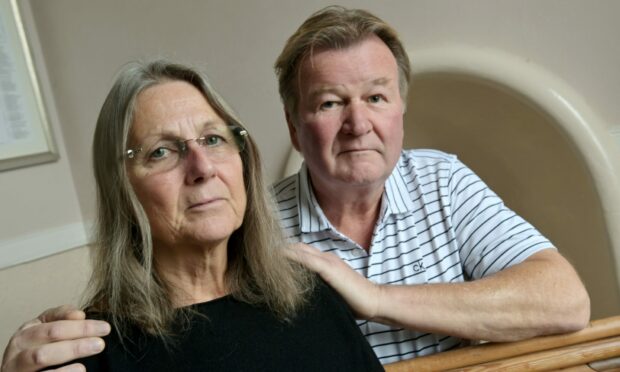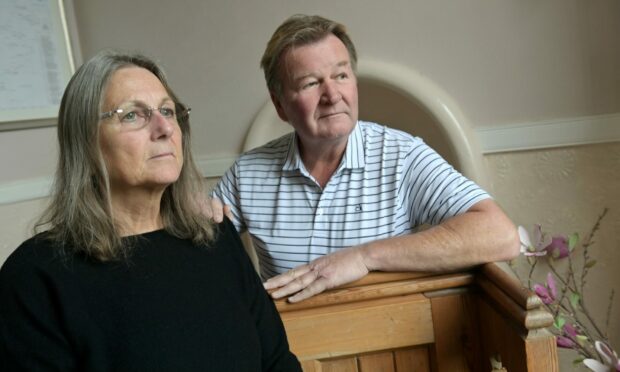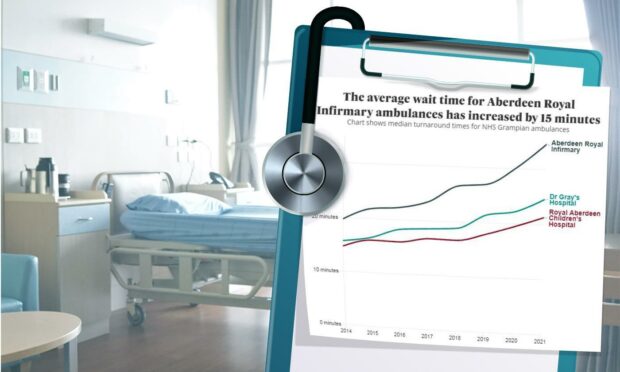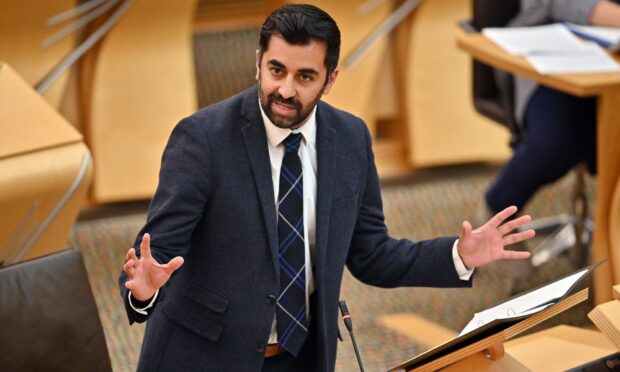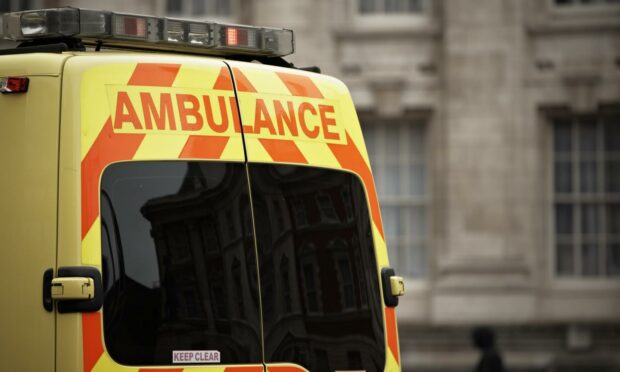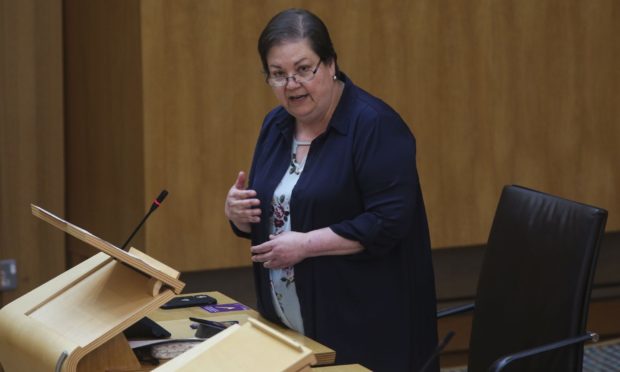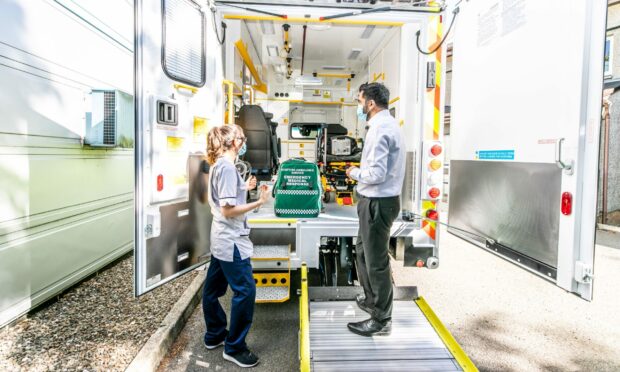A man told he could not get an ambulance for his partner who later received “life-saving surgery” claims the healthcare system is “broken”.
William McDougall rang for an ambulance for his partner, Sue Hollow, after she was left “crying out in pain” from severe stomach pain that started 36 hours before.
The couple – who run a guest house in Tain – eventually made the 50-minute journey by car to Raigmore Hospital in Inverness, after being told by a phone operator that Ms Hollow’s condition did not qualify for an ambulance.
The pair were advised to ring NHS 24 but gave up waiting for a call handler after 20 minutes and decided they had no option but to rush to hospital on their own.
‘Life-saving surgery’
Ms Hollow, 67, was taken in for life-saving surgery on a ruptured appendix that same morning, which had “almost dissolved”.
The experience comes amid a crisis engulfing the ambulance service and wider NHS, with union leaders warning emergency crews face “the most extreme circumstances we’ve faced in over a decade – if not longer”.
Based on the information provided over the phone, it was triaged appropriately.
– Scottish Ambulance Service.
In a statement, the Scottish Ambulance Service confirmed receiving the call on October 9 but said that “based on the information provided over the phone, it was triaged appropriately”.
However, Mr McDougall, described his experience as a “shock” and said it “brings home the whole state of the NHS”.
Recounting the experience, the 63-year-old said: “I called 999 and asked for an ambulance but was told her severe abdominal pain does not merit the allocation of an ambulance and the operator advises me to call NHS 111.
“We got Sue in the back seat of the car and rushed down to accident and emergency which was about a 50-minute drive.
“She was taken in straight away and given pain relief and she went into surgery later that morning.
“The doctor actually said he hadn’t seen an appendix – or what was left of an appendix – that bad.
“It had pretty much dissolved.”
Mr McDougall said the doctor told the couple it was “lucky we did what we did” in making the decision to drive themselves to Inverness.
The doctor actually said he hadn’t seen an appendix – or what was left of an appendix – that bad.
Ms Hollow is now recovering at home, after spending a total of eight days in hospital.
Her partner claims the “problem and solution lie squarely with democratically elected representatives at Holyrood and Westminster”.
He added: “The system is obviously broken, and it is their job to fix it.”
‘Triaged appropriately’
Health Secretary Humza Yousaf announced last month that hundreds of firefighters, military personnel, students and taxi drivers would help out as part of a package of “decisive and unconventional action to save lives”.
A Scottish Ambulance Service spokesman said: “While we are limited in what we can say due to patient confidentiality, we can confirm we received a call on October 9 and based on the information provided over the phone, it was triaged appropriately.
“All our calls are assessed to ensure the most seriously ill patients are given the highest priority and we have systems in place, such as referring to NHS 24, to direct patients to the most suitable healthcare resources based on their needs.
“We hope Ms Hollow is recovering well. As part of our Demand and Capacity program, a further 68 staff are currently being recruited and trained for the North region while seven new posts are set to be introduced to reduce on-call working in the North.”
An NHS 24 spokeswoman said: “As with the rest of the health service, NHS 24’s 111 service is exceptionally busy at present and this can lead to longer wait times to get through to the service.
“In an emergency we would always advise to call 999.”
Additional funding
A Scottish Government spokesman said the Covid-19 pandemic has “heaped pressure on our ambulance service and wider NHS”.
He added: “The Scottish Ambulance Service are working closely with health boards to reduce turnaround times at hospitals.
“The health secretary recently set out £20 million of additional funding to help increase ambulance service capacity, improve response times and staff wellbeing.
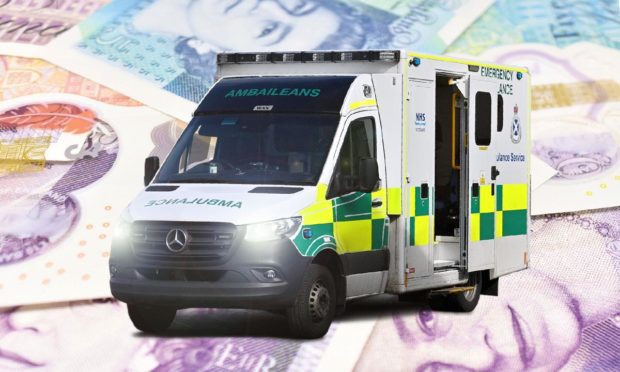
“The ambulance service is also carrying out a national review of demand and capacity which will help to ensure they are working as efficiently as possible and have resources in place to meet both current and projected future demand.
“We are committed to supporting this work and recently announced a further £20 million in funding for the review.
“As part of this review, the service will see new ambulances introduced and almost 300 additional staff in place throughout the country. This will reduce the requirement for on-call working in some of our more rural communities.”
